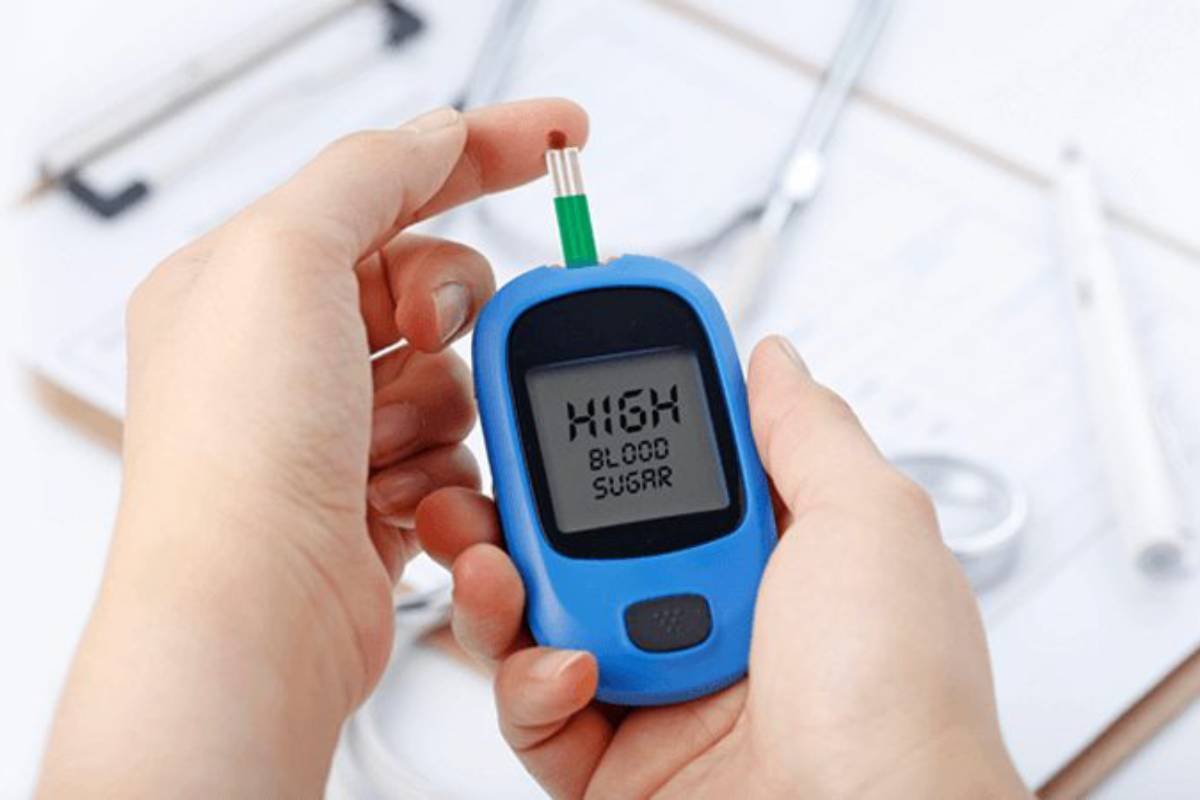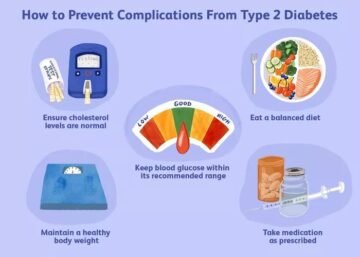
Low blood sugar, a condition known as hypoglycemia, is typically defined as a blood glucose (blood sugar) level below 70 milligrams per deciliter (mg/dL) in most adults. However, the exact threshold for low blood sugar can vary from person to person, and what is considered low for one individual might not be the same for another. It’s essential to recognize the signs and symptoms of hypoglycemia, as they can occur even when blood sugar levels are slightly above 70 mg/dL.
Some common symptoms of low blood sugar (hypoglycemia) include:
- Shakiness or tremors
- Sweating
- Rapid heartbeat
- Dizziness or lightheadedness
- Confusion
- Irritability or mood changes
- Hunger
- Blurred vision
- Weakness or fatigue
- Nausea
It’s crucial to treat low blood sugar promptly, especially in individuals with diabetes, as severe or prolonged hypoglycemia can lead to more serious complications, including loss of consciousness or seizures. If you or someone you know experiences symptoms of low blood sugar, it’s important to consume a source of fast-acting carbohydrates (such as glucose tablets, fruit juice, or candy) to raise blood sugar levels.
In cases of severe hypoglycemia where the person is unable to treat themselves, it’s essential to seek medical assistance. If you have concerns about low blood sugar, it’s advisable to consult a healthcare professional for guidance on managing your blood sugar levels





